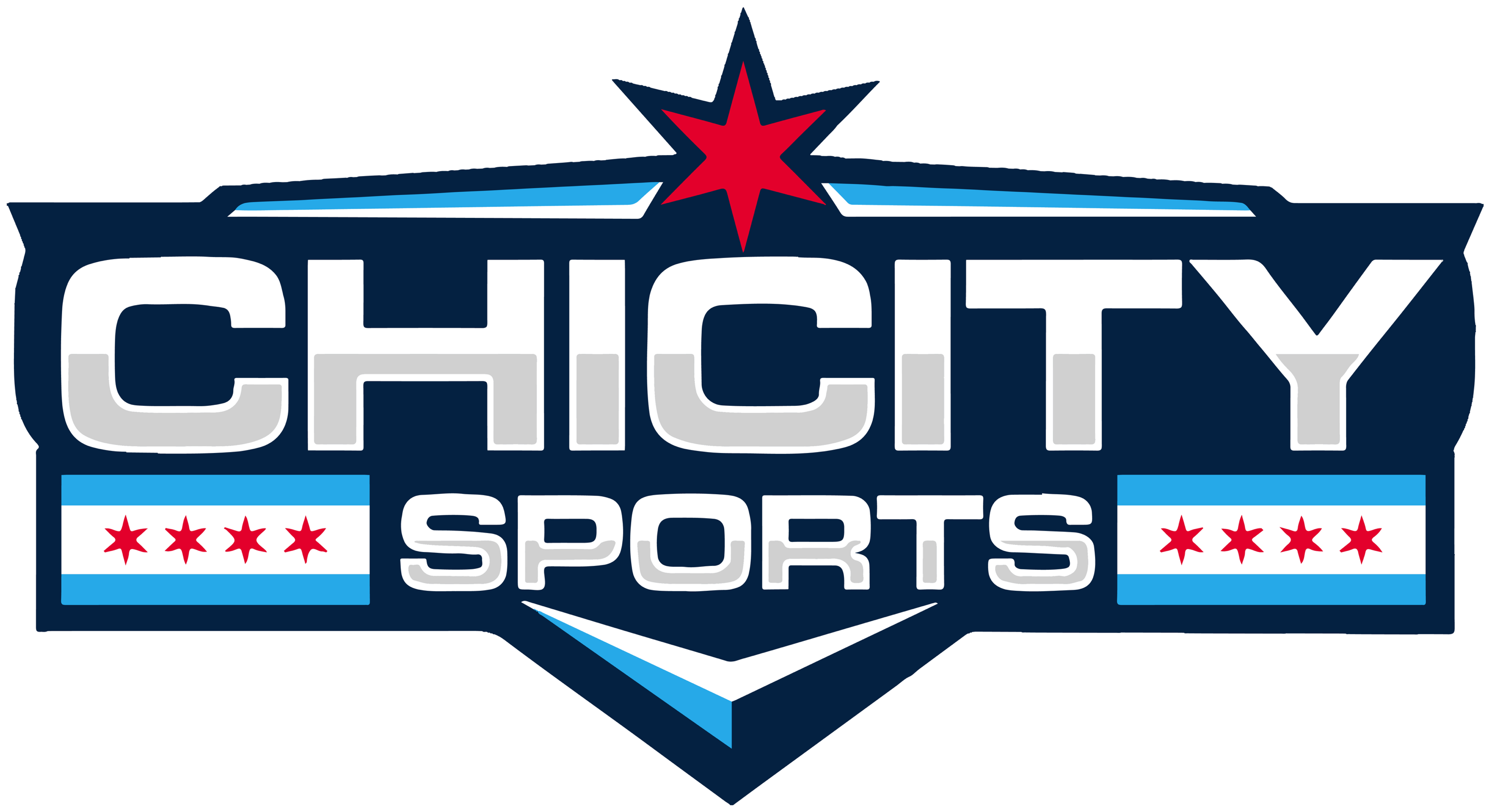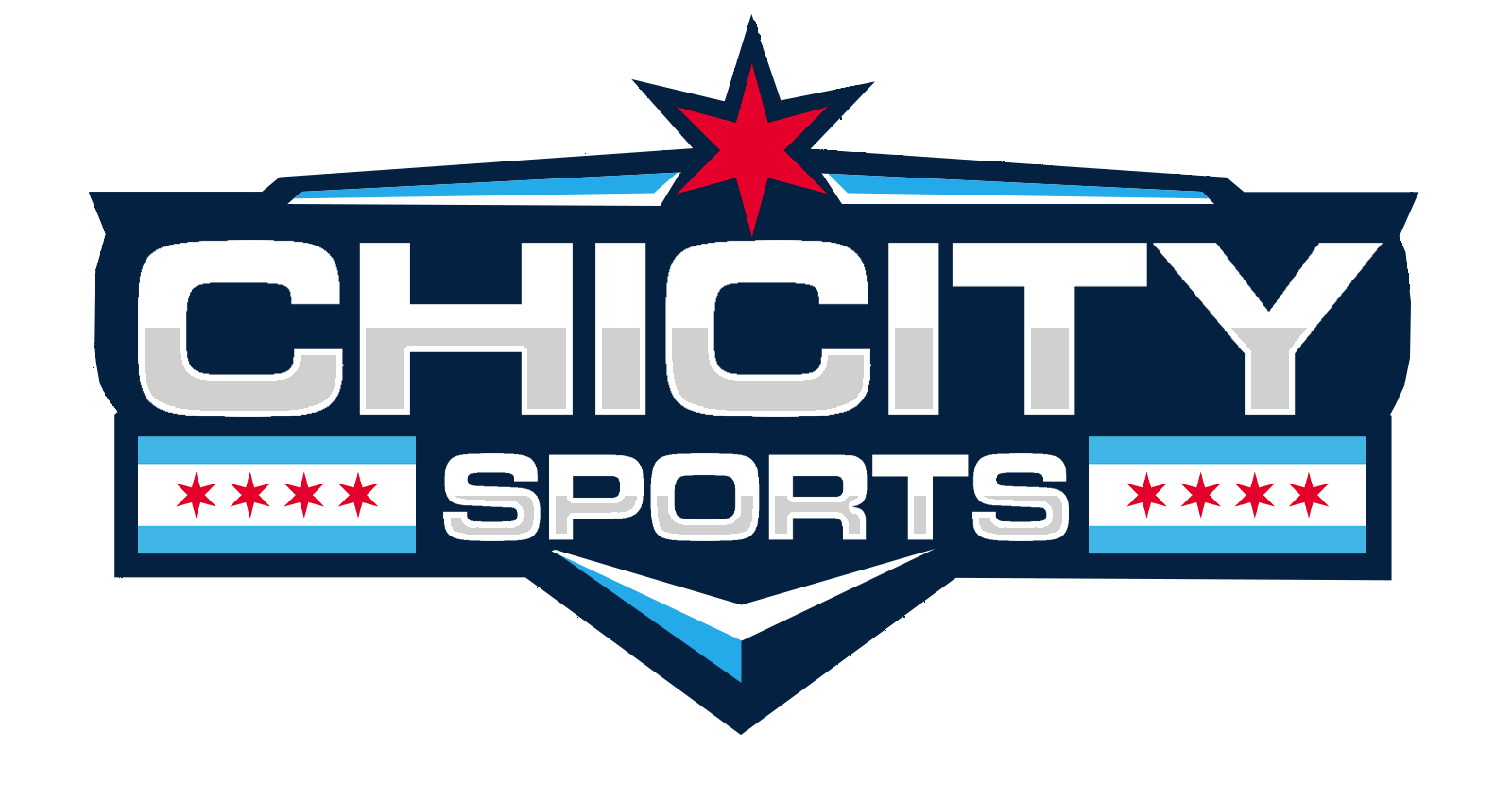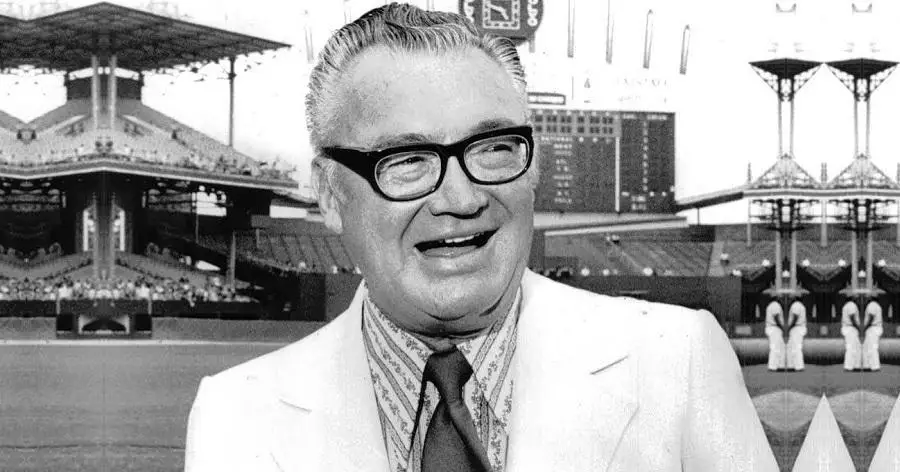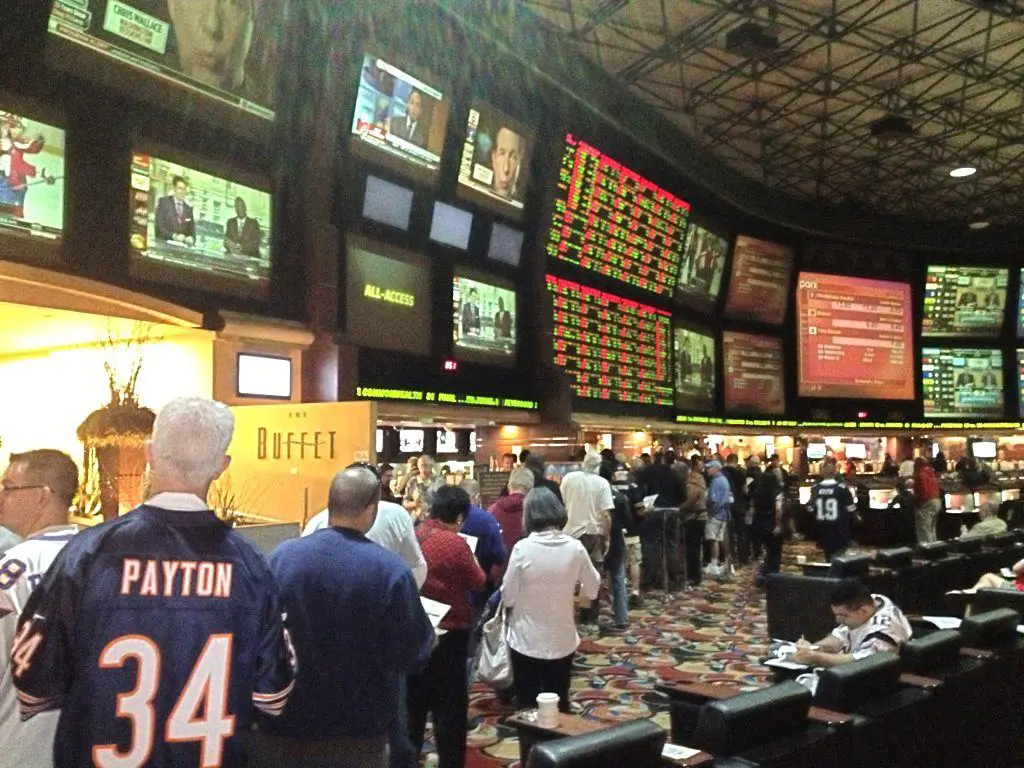Harry Caray – The Early Years
Harry Christopher Caray (né Carabina) was born in St Louis on the 1st of March 1914 as the son of a Romanian mother and Italian father. Harry’s mother passed away when he was 14 and he had little recollection of his father who left to serve in WWI. He attended Webster Groves High School while living with his aunt & uncle who took him in.
A talented baseball player in his youth, Harry possessed sufficient skill to receive an invitation to play for the University of Alabama directly after high school. Unfortunately, financial woes forced him to turn down the offer. At the time WWII affected the lives of people across the world, Harry applied to enlist in the Armed Forces but was ultimately rejected due to poor eyesight. After being denied the possibility of both a baseball and military career he switched to selling gym equipment while looking for alternative avenues to continue pursuing his passion for baseball.
Harry spent several years learning the basics of his future craft at radio stations in Kalamazoo, Michigan as well as Joliet, Illinois. Bob Holt, the station manager at WCLS Joliet suggested Harry should consider changing his surname from Carabina to Caray. Mostly because Holt believed the Carabina family name sounded awkward on the radio.
By the time he retired Harry was one of the great legends of baseball. Over the course of his lifetime, he became ingrained as part of the baseball consciousness throughout America. It is highly doubtful baseball fans will ever have the luck to grow up listening to an expert, accurate game commentary, and often controversial opinions of a living legend of the game. The accomplishment did not come easy for Harry.
Career Defining Break – The Cardinals
In 1945, Caray finally caught the big break he had been searching for, the one that would allow him to pursue his deep-rooted passion for baseball while earning a decent living. When Harry eventually managed to land his first job with the Cardinals as the team’s baseball announcer he was already busy honing his craft by announcing hockey matches for the St Louis Flyers.
According to Cardinals franchise history Harry was as adept at promoting the team sponsor’s beer as he was at marketing the team brand on KMOX. During the 25-year span, he spent in St Louis Harry wound up calling three world series in 1964, 67, and 68! One of his memorable moments occurred on the 13th of May 1958 when Harry called Stan Musal’s remarkable 3000th hit.
After 25 years of broadcasting for the Cardinals Harry’s firing from the team came as a shock announcement on the 9th of October 1969. Lots of rumors have made the rounds but the true reason behind the decision remains a mystery to this day. Harry refused to confirm or deny it but apparently, the rumor that Harry was having an affair with Susan Busch, wife of team owner August Bush III, bears some weight.
Chicago White Sox
Harry spent 1970 broadcasting with the Oakland Athletics before joining the Chicago White Sox in 1971. When queried about his quick move Harry frequently stated he’d grown tired of team owner, Charles O. Finley’s regular interference which prompted him to accept the position with the White Sox.
Fervent South Siders quickly took to Harry and his popularity jumped through the roof as he gained a reputation for public carousing and overall joviality. At times he even took to going shirtless while broadcasting home games from amongst the fans in the bleachers. In contrast, players often didn’t have much liking for Harry due to his strong critique of home team blunders. His stay with the White Sox lasted ten memorable years until the end of the 1981 season.
Chicago Cubs
Harry’s joining with the North Side crew after the end of the 1981 season saw the man take another significant leap in the popularity stakes. The Cubs-owned television channel, WGN-TV, became one of the first cable TV superstations after broadening their horizons by distributing their programming to TV providers across America for free. This quickly established Harry Caray as a famous household name across the nation, making his name synonymous with the sport of baseball.
The start of his career with the Cubs coincided with the retirement of much-loved broadcast personality Jack Brickhouse. The timing was impeccable for Harry’s popularity since the Cubs wound up victorious as National League East Side divisional champs for 1984. As a result, he gained nationwide fame as baseball fans followed his WGN-TV broadcasts throughout the season. His natural charisma and in-depth baseball expertise garnered him the respect of millions of fans.
In February 1987, just prior to the start of the Cub’s spring training Harry suffered a stroke. It kept him from the broadcast box for the first two months of that year’s regular season. Despite such a serious setback to his health his popularity never once waned since. He did make a remarkable recovery, but the bell of father time had started to toll for “The Mayor of Rush Street” and visibly began to deplete some of his famed skills.
The Final Curtain
Fans nicknamed him “The Mayor of Rush Street” referencing his well-established love for Budweiser and predilection for visiting Chicago’s famed tavern-dominated neighborhood. Due to his tremendous popularity, The Cubs kept Harry on board significantly past WGN’s mandatory age of retirement.
His favorite catchphrase “Holy Cow” that he often used during broadcasts whenever something extraordinary happened on the field became famous and just further endeared him with fans and viewers. Nearing the end of his span as a broadcaster he limited his schedule to only include home games and a few road trips to cover games in Atlanta and St Louis.
Before his passing in February 1998, WGN hired his grandson Chip Caray in December 1997 to share some of the play-by-play broadcast duties with Harry, but due to his death, the idea never came to fruition.
Harry’s Favorite Moments
Harry’s Song:Harry is commonly credited for making it popular to sing “Take Me Out to The Ballgame” as part of his repertoire during the seventh inning. Although the crowds couldn’t hear it his fellow broadcasters often heard him singing the song. Eventually, White Sox owner Bill Veeck convinced Harry to sing it live over the stadium PA.
At first Harry refused because he felt he couldn’t sing but Veeck told him if Harry had a fantastic voice people would feel intimidated and keep quiet but because of that everyone in the stadium would probably know he could sing it better and join in. Since his death, many teams took to singing the song and it even made it to Wrigley Field on New Year’s Day for the 2009 NHL Winter Classic. In 2010 the Stanley Cup winners again sang the song on Wrigley Field during the Cubs / White Sox game! In 2016, Jeff Lawrence, well-known for his impressions of Harry Caray, led stadium fans to sing the song while dressed in a Caray wig with his signature oversized glasses.
Harry’s Day: On the 24th of June 1994 the Chicago Cubs called a special day to honor Harry for his 50 years of broadcasting for Major League Baseball. Sponsored Harry pins were handed to his fans that were in attendance on the day. Each pin had Harry’s picture on it followed by some of his popular quips like “Holy Cow”.
Harry’s Bar Stops: Aside from having baseball as the main reason for rising each morning Harry loved to drink. His favored pastime was contemplating life & the past or next baseball games over a cold Budweiser. For tax purposes Harry kept a log of his bar visits, his wife referred to them as his “Drinking Diaries”. The diaries reveal over the course of two years, 1972 & 73, he’d made 2,604 bar stops which averages out to 3.5 stops per day. Even after he stopped drinking on doctor’s orders he’d place an empty Budweiser bottle in front of his glass filled with non-alcoholic O’Doul’s because according to Harry it simply did not fit his image.
Major Cubs Events Harry Missed
On the 10th of April 1998, close to D-Gate just outside Wrigley Field the Cubs dedicated a 7-foot tall 1200 pound in honor of Harry Caray. It depicts Harry in a well-known stance holding a microphone out to the crowd as if he is about to lead them in one last rendition of his familiar song. Times have changed since his passing though, it happened on several previous occasions but recently a Sox fan vandalized Harry’s statue again!
It took over 100 years and Harry sadly never got to see it but in 2016 the Cubs defeated the Indians in a best-of-seven series to finally win the World Series. In 2020, the Cubs announced a partnering between the club and DraftKings. The intention of the association is to open a retail sportsbook at or near Wrigley Field.
Sports Betting in the US
The 2018 amendments in US law allowed individual states to legalize sports betting within their borders which resulted saw a massive influx of residents at sports betting retailers in the states that were quick to react. States that enacted the required laws benefitted hugely from new job opportunities as well as from substantial additional tax revenues.
By October 2020, US sports bettors wagered approximately $3 billion on sports one month. Sports betting revenues increased by 53.5% over the previous year’s figure to $237.5 billion. After a blanket ban on most forms of sports betting US bookmakers now offer a wide variety of betting options on all local and a huge range of international sports. Due to popular demand, the offered range and variety of markets are still steadily on the increase.
The types of sports residents can bet on legally in the US includes locally popular sports like the MLB, NHL, NFL, NBA. Strangely, by volume the most popular sport that US bettors wager on, in the first position is soccer, then tennis, followed by football, basketball, baseball, ice-hockey, boxing, MMA, darts, and golf.
Many bettors are increasingly attracted to wagering on dangerous activities like The Death Race that is held annually during August in the Canadian Rockies. While the Rockies is home to some of the most awe-inspiring scenes in nature it has also become home to one of the most world’s most dangerous sporting events.
Held in BC over a period of four days The Death Race offers a shorter marathon of 42km while the more insane are free to take part in the actual longer footrace that earned the event its name. The real Death race is an insanely murderous 125km cross-country trek with over 17,000 feet in elevation changes. It aims to test the world’s most elite athletes, plus perhaps a couple of utter masochists as well, to the absolute limit of their physical and mental endurance and in many cases well beyond that.
Other interesting events adventurous bettors may care to place a wager or two on would include the annual Yukon River Quest which is the longest canoe race in the world. Alternatively, look at following the 6633 Arctic Ultra race, participants have two distance options, a 120 km or 380 km race. The icy 380 km event challenges even the toughest of the superhumans over the course of 8 to 9 days.
In reality, the 6633 Arctic Ultra competes as a very strong contender for the crown as the “world’s toughest footrace”. The 6633 Arctic Ultra is a non-stop, race during which the athletes must remain completely self-reliant for its full 9-day duration. It kicks-off in Eagle Plains in the Yukon and on the way runs through Hurricane Alley in the Arctic Circle before reaching the shores of the Arctic Ocean prior to ending in Tuktoyaktuk.
Racers not only have to face hallucinations due to sleep deprivation as in many other ultra-class races. For much of the latter part of the event, racers live literally on the edge in -40C weather just managing to survive as they precariously balance their race on the very outer edge of survival.
For More Great Chicago Sports Content
Get the latest Chicago sports news, analysis, and breaking stories on the Bears, Bulls, Blackhawks, Cubs, White Sox, Sky, and more! Tap the star to add us to your favorites on Google News, so you never miss a story on your favorite Chicago teams.
Follow us on Twitter at @chicitysports23 for more great content. We appreciate you taking time to read our articles. To interact more with our community and keep up to date on the latest in Chicago sports news, JOIN OUR FREE FACEBOOK GROUP by CLICKING HERE




